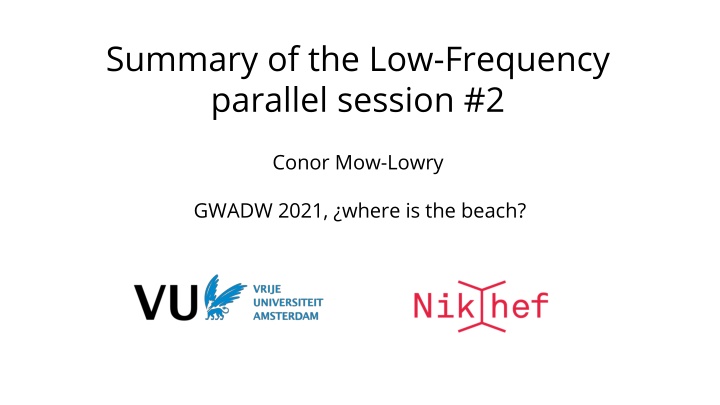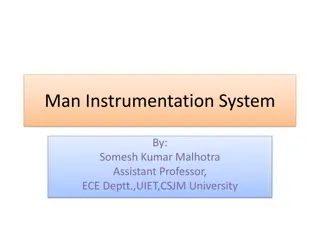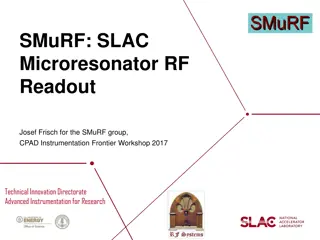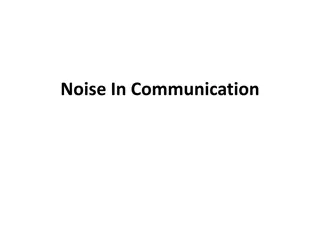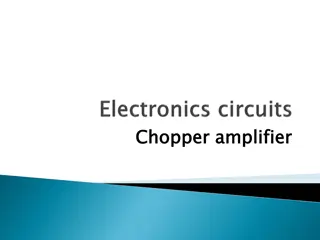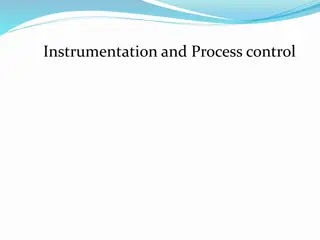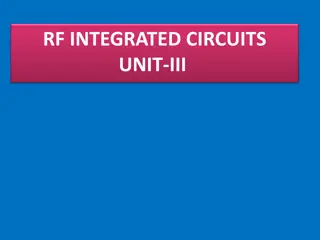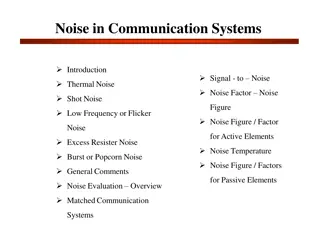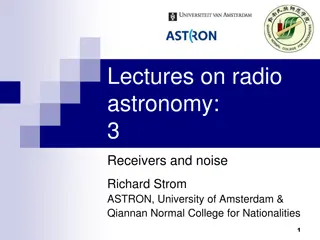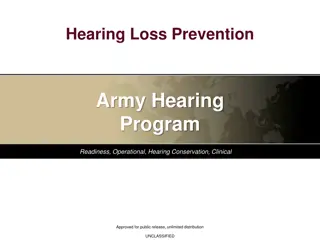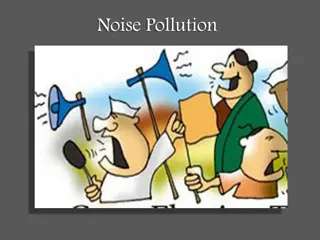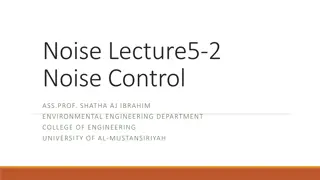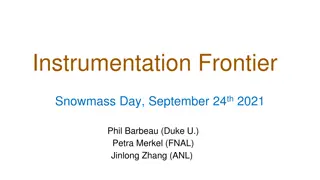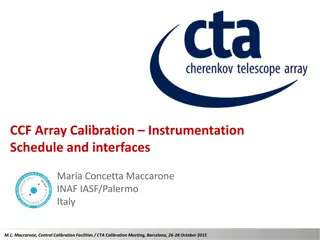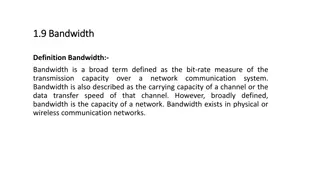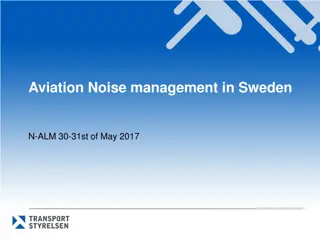Advanced Understanding of Low-Frequency Noise in Instrumentation
Understanding low-frequency noise in instrumentation has advanced significantly, emphasizing the need for an integrated approach to predict and mitigate such noise. Recent studies show that low-frequency noise in third-generation instruments is exceptionally better than in second-generation detectors, particularly at 3Hz. The focus on identifying primary noise drivers and implementing active noise mitigation strategies is crucial for improving performance.
Download Presentation

Please find below an Image/Link to download the presentation.
The content on the website is provided AS IS for your information and personal use only. It may not be sold, licensed, or shared on other websites without obtaining consent from the author.If you encounter any issues during the download, it is possible that the publisher has removed the file from their server.
You are allowed to download the files provided on this website for personal or commercial use, subject to the condition that they are used lawfully. All files are the property of their respective owners.
The content on the website is provided AS IS for your information and personal use only. It may not be sold, licensed, or shared on other websites without obtaining consent from the author.
E N D
Presentation Transcript
Summary of the Low-Frequency parallel session #2 Conor Mow-Lowry GWADW 2021, where is the beach?
GWADW low-frequency session 2 Session focus: What do we understand about low-frequency noise in 2G instruments, and how can we use that to plan upgrades and ET-LF? - Kate Dooley and Conor Mow-Lowry, ET-ISB workshop low- frequency summary - Brian Lantz, LIGO Low-frequency commissioning workshop and subsequent recommendations - Lee McCuller, Closing the loop on SEI and ISC - Julia Casanueva (w/Dan Brown), Motion requirements of next- generation instruments (for low-frequency performance)
Low-frequency noise ET is not 10x better than 2ndgen detectors, it is a million times better at 3Hz. [Thanks to Michal Was and Denis Martynov for low-f noise estimates]
Low-frequency themes at the ISB workshop Breakout Rooms: Suspension Angular controls Low-f noise RMS motion in IFO DoFs Optics Myriad couplings to DARM Interferometer Achievable isolation Residual differential motion & scatter Active Noise Mitigation Environmental noise Can we identify primary noise drivers instead of playing whack-a-mole with the couplings?
Dooley, ET-ISB workshop overview Workshop report is under preparation, and should be a snapshot of our understanding of some big questions
Lantz, LIGO-LF commissioning meeting summary Workshop report: https://dcc.ligo.org/ LIGO-L2100055
Casanueva, ISC requirements of 3G instruments (for low-frequency performance)
Takeaway messages Practical understanding of low-frequency noise, couplings and drivers has advanced enormously since 2015. Consistent theme is that a more integrated approach is needed to predict and/or mitigate low-f noise Some sub-systems are approaching a fundamental limit: when all coherent information from available sensors has been used. New modelling tools are under development.
New technologies To focus more on concepts during the hours we had, many new technology ideas were presented in poster form Please check out some of the many excellent posters if you haven t already!
How do we join ET? Check our our welcome page: https://wiki.et-gw.eu/ISB/WelcomePage And contact your helpful Division Chairs: Jan Harms - jan.harms@gssi.it Conor Mow-Lowry c.m.mow-lowry@vu.nl Suspensions: Franceso Fidecaro - francesco.fidecaro@unipi.it Alessandro Bertolini alberto@nikhef.nl ANM: They will assist you help you join the collaboration, where you can shape the next generation of gravitational-wave detector
